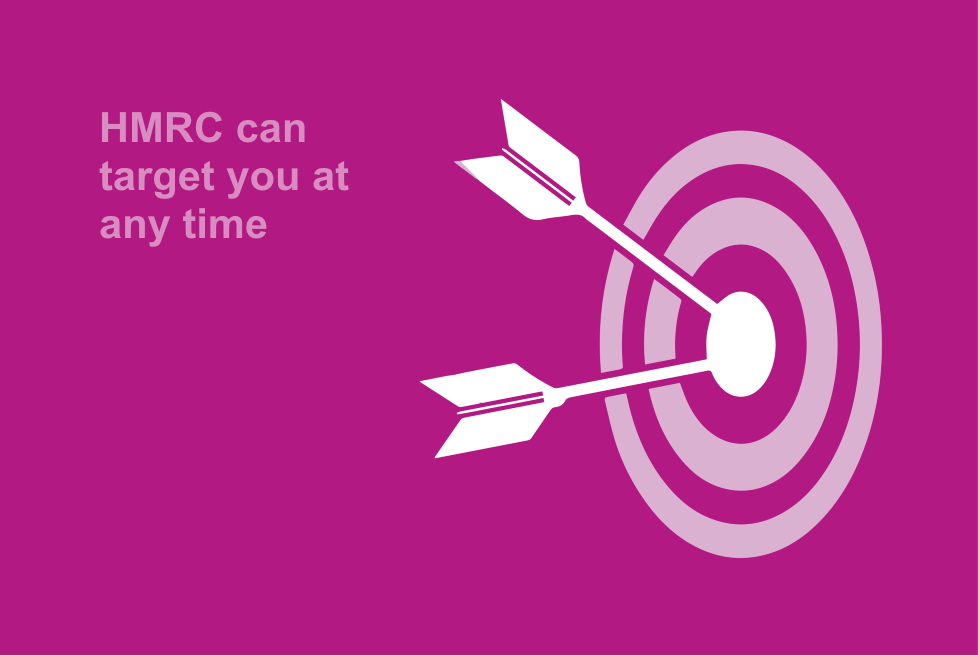You may or may not be aware, but the Office of Tax Simplification (OTS) has recently published Part 1 of a 2 part report into a review of Capital Gains Tax (CGT).
Although the S in OTS stands for simplifications the report’s recommendations are not that simple to explain in writing. Please feel free to call if you need further clarification or to discuss the impact these recommendations could have on your situation.
This report has been eagerly anticipated by many people and has some rather striking recommendations, some of which could be introduced as early as the next budget expected in March 2021. Given the current spending on the coronavirus pandemic and the government pledge of the triple tax lock (covering Income Tax, National Insurance and VAT), many fear this could be an area of taxation subject to change in the short term.
Summary of Recommendations
1. Rates and boundaries of CGT
- Consider more closely aligning CGT rates with income tax rates.
This could be an increase in the main rates of CGT, but also included reducing the number of tax rates at play. Or perhaps ensuring the calculation did not depend upon on an individual’s level of income which would simplify the calculations and mean real time reporting of the gain would be easier.
Undoubtedly, this would create significant behavioural effects, which would impact on people’s willingness to dispose of assets. An increase in this tax is likely to encourage people to retain their assets for longer.
To reduce the impact of this the OTS recommends the Government should:
- consider reintroducing a form of relief for inflationary gains,
- consider the interactions with the tax position of companies, as an increase in the CGT
rate would also increase incentive for taxpayers to hold assets through companies that
pay tax at lower corporate rates (currently 19%).
2. Annual Exempt Amount
The current annual exempt amount is £12,300 in tax year, this is a threshold below which an individual’s overall gains chargeable to CGT in a tax year are not taxed.
The OTS considers the annual exemption could fulfil one or more purposes:
- it could be an administrative de minimis, to reduce the number of people who need to submit CGT information to HM Revenue & Customs,
- a broader more substantive relief, comparable to the income tax personal allowance,
- a rough and ready way to compensate for inflation.
The OTS suggests that if the annual exempt amount is intended mainly to operate as an administrative de minimis, that the government should consider reducing its level (e.g. to around £2,000 to £4,000 per year). This could have a big impact for investment portfolios who routinely dispose of stock each year to take advantage of the tax free amount.
3. Capital Transfers
The next set of recommendations focus on the interaction between Inheritance Tax (IHT) and CGT. The OTS previously explored the interaction of CGT and IHT in its IHT report and continues to recommend that a taxpayer should not get both an IHT exemption and a CGT free death uplift.
It recommends that where a relief or exemption from IHT applies, the Government should consider removing the capital gains base cost uplift and instead treat the recipient as acquiring the assets at the historic base cost of the person who has died.
This would represent a significant change and could again result in significant tax being due to HM Revenue & Customs.
If this route was to be explored by the government then it was suggested they should:
- consider a rebasing of all assets, perhaps to the year 2000, and
- consider extending gift holdover relief from just business assets to a broader range of assets. Currently holdover relief, only applies to gifts of business assets (such as an interest in a business and most unlisted shares in trading companies). The CGT is deferred from the time of the gift until the recipient sells the asset.
4. Business Reliefs
The final two recommendations consider two of the reliefs which are intended to encourage investment – investors’ relief and business asset disposal relief (formerly called entrepreneurs’ relief).
Both reliefs reduce the CGT payable on the disposal of qualifying business assets, by applying a special tax rate of 10% to the first £1 million (or £10 million for investors’ relief) of gains.
The OTS recommends that investors’ relief is abolished.
Business Asset Disposal Relief (BADR)
BADR and its predecessors have long been considered as a specific relief when business owners retire (i.e. on the assumption that business owners have invested in their business rather than in a pension scheme).
The OTS suggest the government should consider:
- increasing the minimum shareholding requirement from 5% to 25%, so that the relief
goes to owner-managers rather than to a broader class of employees, - increasing the holding period to perhaps 10 years, to ensure the relief only goes to
people who have built up their businesses over time, and - reintroducing an age limit, perhaps linked to the age limits in pension freedoms (currently age 55), to reflect the intention that it mainly benefits those who are retiring.
As you can see all of these changes are potentially significant and very different to the current rules. There may be a rush for people wishing to dispose of assets in the short term whilst the current rules are in place. Unfortunately we cannot guarantee what might be introduced and when. It’s a case of “watch this space”.
We believe you should always be mindful about your overall objectives and goals when considering what actions you should take, however it is good to have an awareness of the potential changes when considering them.
Our Tax team are always happy to talk to you about questions you may have and their impact for you. Simply contact us on 01242 776000 or tax@randall-payne.co.uk.



